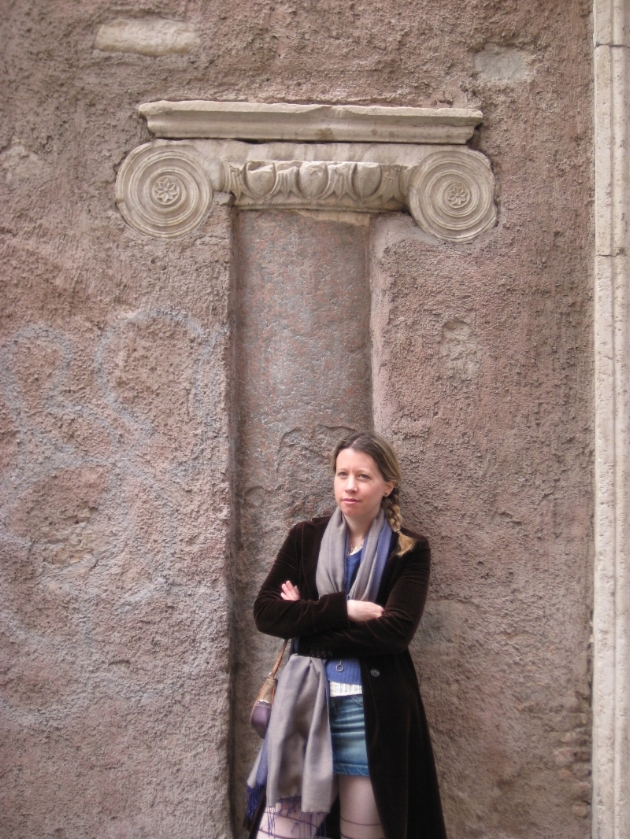The Bittersweet Life – Episode 209: REPURPOSE
Another week, another blog post! (I might just keep this up, you guys!!)
As anyone who has ever been on a tour with me—or any of the many friends who have come to visit and whom I have enthusiastically and indefatigably dragged around the city—knows, I am passionate about Rome's layers of history. (I like them even more then Rome's distinctive street names.) What gets me most excited is when I can see the archaic rubbing shoulders with the modern, when I spot ancient ruins that served as the shell of a medieval building that was in turn transformed into a Renaissance palace that is still in use today. It sends chills down my spine. In no other place in the world can you see the progression of time so clearly in the very stones and mortar that built the city.
Lucky for me, there's a lot of it to be found. The Romans were the first great recyclers. After the fall of the Empire and the slow descent into the Middle Ages, your average Roman didn't have much in the way of ready building materials. There wasn't exactly a Home Depot on every corner, or even a decent quarry. Instead, they used ancient temples and palaces as their quarries. As much as it turns my stomach to imagine a Roman temple being defiled or a bronze statue being melted down for cannon, I nevertheless love seeing the way the medieval Romans got creative with the materials they had at their disposal, using ancient columns to add extra support to their homes, or even moving in to dilapidated Roman buildings so they could reuse the foundation.
In our latest episode {REPURPOSE}, we hit the streets of Rome with our recording equipment to search for ancient artifacts or “spoglie” hidden in plain sight. Rome has been inhabited without interruption for over three thousand of years. A past like that cannot but leave its mark on a city. And if you keep your eyes open, the vestiges of Rome’s ancient past can be found around almost every corner.
From the fluted Corinthian columns walled into the sides of nondescript buildings to the piazza that follows the shape of the ancient stadium it was built upon, from the crumbling Roman buildings that found new life as Renaissance palaces to the fragments of ancient decoration plastered into the walls of medieval buildings…the history of Rome is palpable in its very urban fabric.
You don’t have to visit an archeological site or even a museum to discover the city’s many layers of history. Just take a long rambling walk through Rome’s historic center and you’ll find the ghosts of the ancient city coming to life all around you.
Want to follow along with us? Here’s a list of the stops we make on our passeggiata:
Ponte Fabricio
Torre dei Caetani (*Note: I mistakenly refer to it as the Torre dei Crescenzi in the episode. Oops!)
Portico Of Octavia
Theater of Marcellus (and Palazzo Orsini)
Largo di Torre Argentina (and the Cat Sanctuary)
Piazza Navona (and Sant'Agnese in Agone Church)
Piazza di Pietra and the Temple of Hadrian





